All rights are reserved under the copyright of Yasuyuki Ayukawa (2023)
I am visiting companies challenging the global market with Japanese skills, Japanese quality, and Japanese craftmanship based on the tradition. I don’t know if the world has overtaken Japan or if Japan has declined, but in recent years, it is said that Japan’s position in the world is declining in various parts such as economy, society, and the quality of life. But is it really so? Japan still has world-class technology, traditions, and culture, and the value of these has been recognized in other parts of the global market thanks to the efforts of many companies pioneering the market in many countries. Furthermore, there are also new companies taking on the challenge with products and technologies, with their confidence and pride, to the world. In this series, I would like to introduce how such companies are challenging the global market.
In these new series of issues,
I am introducing
the vital actions
of entrepreneurs
in Saga, Kyushu – west end of Japan.
The approach is, again,
how to
get into
overseas market.
This time, I would like to introduce
Shimoda Seichaho
(https:/shimodaseichaho.jp),
in Ureshino, Saga.
Ureshino is located in the western part of Saga, close to Nagasaki. This town Ureshino is famous as one of Kyushu’s best hot spring resorts “Ureshino Onsen”, and tea production centres. it is Recently, the West Kyushu Shinkansen bullet train line opened in March 2023 and at the same time, Ureshino Onsen station opened as the first train station of this town celebrated by onsen spa and Japanese green tea!
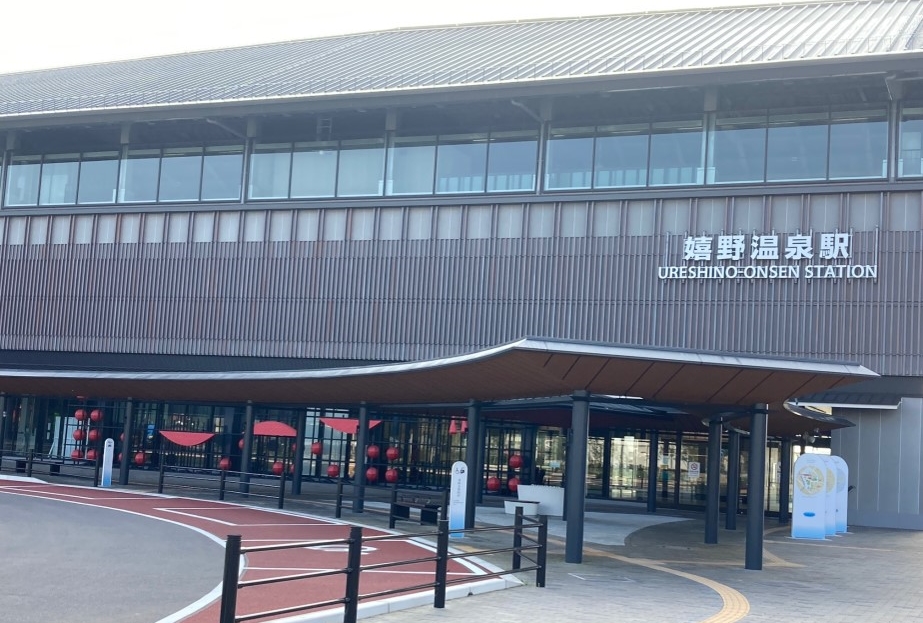
When I visit here, I always look forward to enjoying hot springs.

There is a legend that Empress Jingu found this hot spring in the past, and it also appears in the Hizen Fudoki (gleanings edited by government about regional climate, culture etc.) of the Nara period (710-794), making it a well-known hot spring for a very long time.

The key quality of the spring is of course well expecting, with sodium bicarbonate, an alkaline spring with high sodium content that is effective in washing away keratinized skin, making it one of Japan’s three best hot springs for beautiful skin.
It is indeed alkaline, and when you enter the bath, you can immediately feel the slippery sensation that seems to be good for your skin.
And, as this is a hot spring resort town, the food is also delicious. This Ureshino is located near Nagasaki, while it is in Saga prefecture, so even though it is a mountain town, you can enjoy fresh fish.

This time, I had a chance to eat a whole fish Mejina (largescale blackfish, called “Kuro” Kyushu) in sashimi at a restaurant called “Shizu” in the Ureshino Onsen resort area.
This fish sometimes smells a bit fishy, but as you can see, the eyes and flesh are shiny and we enjoyed the light white flesh.
Another Ureshino specialty is Onsen Yudofu, (Hot spring soybean curd).
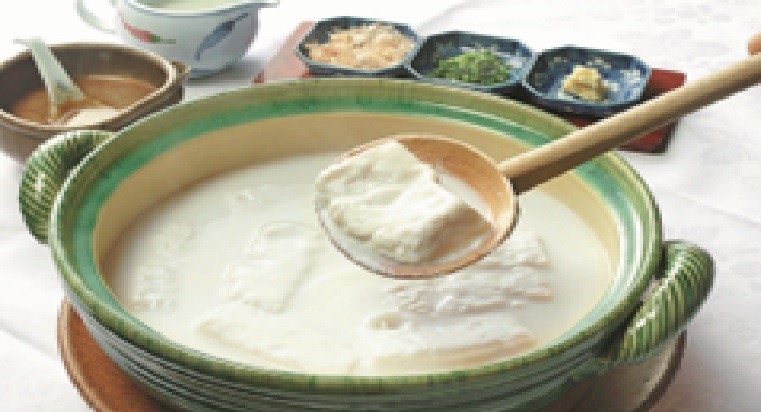
This Onsen Yu-Dofu is made from Tofu (Soybean Curd) and water from the hot springs of Ureshiono Onsen: when Tofu happens upon the alkaline hot spring water of Ureshino Onsen, Tofu dissolves moderately in the water and becomes this unique colour, unique aroma and flavour.
This refined flavour of Yu-Dofu is perfect not only in the cold season, but also in the summer. It can be enjoyed at ryokan and hotel breakfasts, as well as at restaurants in hot spring resorts.
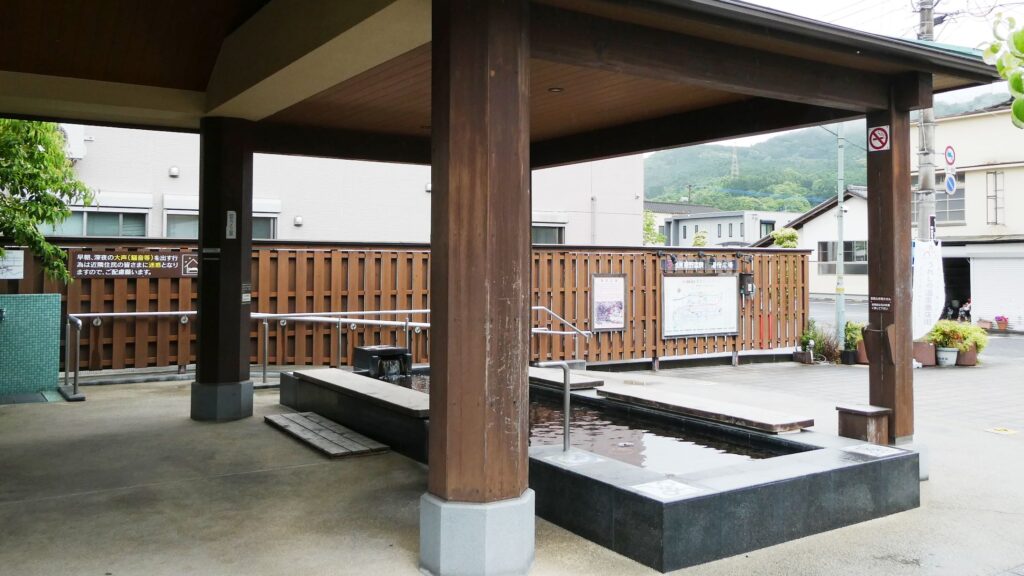
At this time, I visited Shimoda Seichaho and interviewed Mr. Koji Shimoda, the executive officer, and the owner of the shop. “Seichaho” means tea maker and shop. Shimoda Seichaho has been operating for many years as a tea maker and merchant in the hot spring resort area of Ureshino Onsen.
Mr. Shimoda originally worked in Tokyo, as a sales manager of one of the largest printing company in Japan, but he returned to Ureshino to take over the family business.

Shimoda Seichaho is, of course, dealing in local Saga Ureshino tea, with the processing and wholesale.
Ureshino tea is one of the most famous tea brands in Kyushu, famous for its steamed Tamaryokucha , high-end green tea.
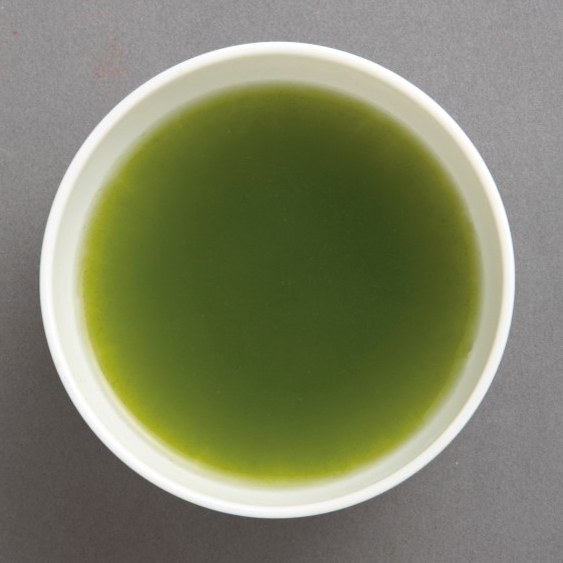
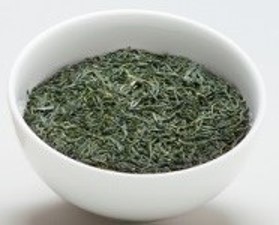
Most typically those “Ureshinocha” (Ureshino green tea) are made by steaming process of young buds of tea, and are characterised by their bright yellowish green water colour “Suishoku”, meaning the colour of the hot water when brewed.

It is said that such brilliant “Suishoku” colours are because of the warm climate and the deep fog that often forms in the mountains where tea is grown in the early summer during the new tea season.
They provide the best humidity and temperature with the growth of tea leaves just after budding.
In the production areas of Honshu, yellow tea is actually rather common. On the other hand, Ureshino teas have very vivid yellowish-green colours
Then, after brewing those Ureshino teas with relatively low temperature water (60 to 70 degrees Celsius) for about one to one and a half minutes, you will experience a rich sweetness and “umami” flavour.

Nowadays we Japanese are used to PET bottled tea. So for us such a “Ureshino” experience is indeed a new discovery(?). It is a tea that really tastes good!
However, the domestic demand for tea is decreasing year by year.
Besides, the number of people is decreasing, who have the habit of brewing their own tea leaves and the opportunities to do so are becoming limited.
The statistics says the volume of shipments is declining at an accelerating rate in the business to distribute branded tea leaves, such as what Shimoda Seichaho is doing,
In order to survive in such a declining market, Shimoda Seichaho had started exporting its products to enter overseas markets.

In the Japanese domestic market, PET-bottled beverages have become the mainstay of Japanese tea. On the other hand, the culture of receiving tea still exists in other countries, such as Europe and the United States.
Afternoon tea, which originated in the United Kingdom, is another example of the traditional culture that remains strong, especially in the so-called Commonwealth countries.
Under such circumstances, it should still be possible to establish a market for Japanese tea in Japan,
This is what Shimoda Seichaho thought.
In the next issue, we would like to talk about this in detail.

All rights are reserved under the copyright of Yasuyuki Ayukawa (2023)